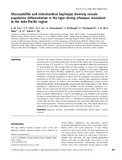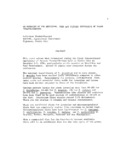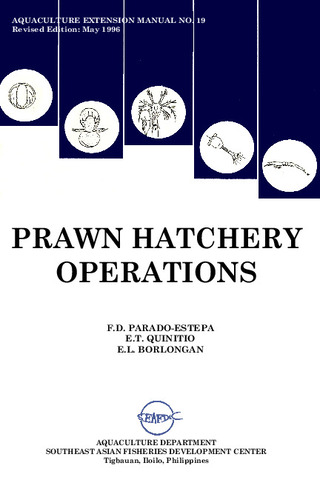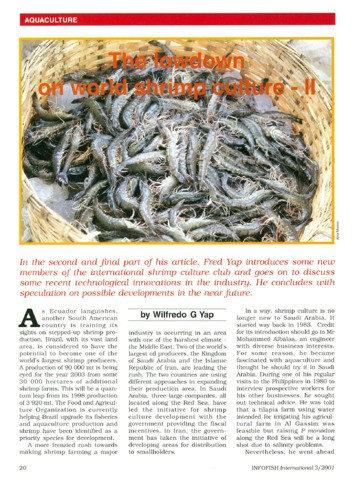Microsatellite and mitochondrial haplotype diversity reveals population differentiation in the tiger shrimp (Penaeus monodon) in the Indo-Pacific region

Associated URL
biodiv.sinica.edu.twDate
2008Author
Page views
676Metadata
Show full item recordCited times in Scopus
Share
Abstract
The black tiger shrimp (Penaeus monodon) is an ecologically and economically important penaeid species and is widely distributed in the Indo-Pacific region. Here we investigated the genetic diversity of P. monodon (n = 355) from eight geographical regions by genotyping at 10 microsatellite loci. The average observed heterozygosity at various loci ranged from 0.638 to 0.743, indicating a high level of genetic variability in this region. Significant departures from Hardy–Weinberg equilibrium caused by heterozygote deficiency were recorded for most loci and populations. Pairwise FST and RST values revealed genetic differentiation among the populations. Evidence from the assignment test showed that the populations in the West Indian Ocean were unique, whereas other populations examined were partially admixed. In addition, the non-metric multidimensional scaling analysis indicated the presence of three geographic groups in the Indo-Pacific region, i.e. the African populations, a population from western Thailand and the remaining populations as a whole. We also sequenced and analysed the mitochondrial control region (mtCR) in these shrimp stocks to determine whether the nuclear and mitochondrial genomes show a similar pattern of genetic differentiation. A total of 262 haplotypes were identified, and nucleotide divergence among haplotypes ranged from 0.2% to 16.3%. Haplotype diversity was high in all populations, with a range from 0.969 to 1. Phylogenetic analysis using the mtCR data revealed that the West Indian Ocean populations were genetically differentiated from the West Pacific populations, consistent with the microsatellite data. These results should have implications for aquaculture management and conservation of aquatic diversity.
Suggested Citation
You, E. -M., Chiu, T. -S., Liu, K. -F., Tassanakajon, A., Klinbunga, S., Triwitayakorn, K., de la Peña, L. D., Li, Y., & Yu, H. -T. (2008). Microsatellite and mitochondrial haplotype diversity reveals population differentiation in the tiger shrimp (Penaeus monodon) in the Indo-Pacific region. Animal Genetics , 39(3), 267-277. https://doi.org/10.1111/j.1365-2052.2008.01724.x
Subject
Taxonomic term
Collections
- AQD Journal Articles [1249]
Related items
Showing items related by title, author, creator and subject.
-
An overview of the nutrition, feed and feeding techniques of prawn penaeid/shrimps
Piedad-Pascual, Felicitas (Philippine Council for Aquatic and Marine Research and Development, 1989)This paper echoes what transpired during the first International Conference of Penaeid Prawns/Shrimps held in Iloilo City in December 4-7, 1984, particularly on the Nutrition nd Feed Development. Around 25 papers were ... -
Prawn hatchery operations
Parado-Estepa, Fe D.; Quinitio, Emilia T.; Borlongan, Emeterio L. (Aquaculture Department, Southeast Asian Fisheries Development Center, 1996-05)The manual, an updated version of the 1984 SEAFDEC/AQD manual, presents the underlying principles and step-by-step instructions of prawn larval and post-larval rearing. The techniques described are not only applicable to ... -
The lowdown on world shrimp culture - II
Yap, Wilfredo G. (INFOFISH, 2001)This paper introduces some new members of the international shrimp culture club and goes on to discuss some recent technological innovations in the industry, particularly the polyculture of tilapia (mainly Oreochromis ...



